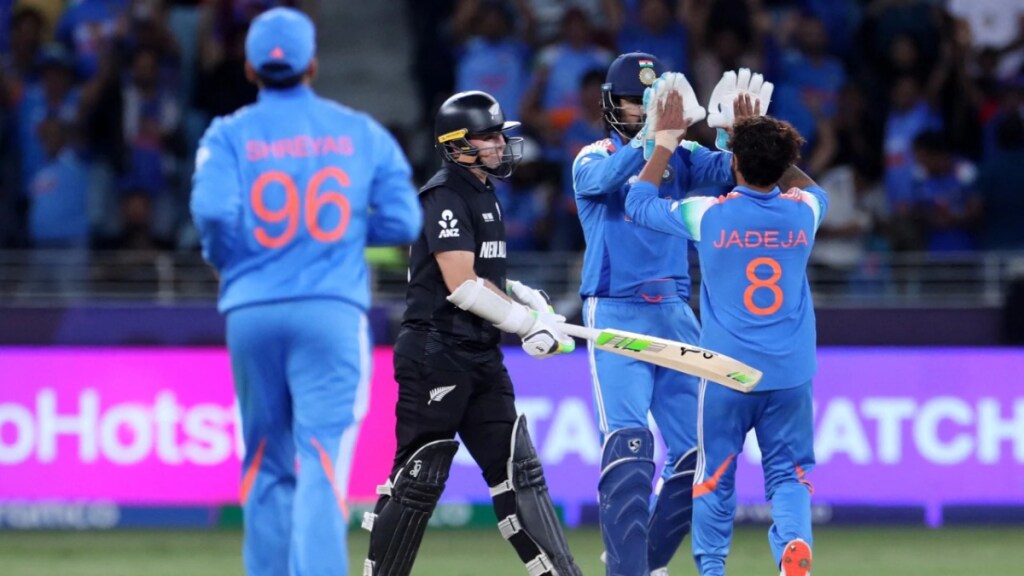Sunil Gavaskar recently confessed that it was Imran Khan who talked him out of considering retiring at the end of India’s tour of England in the summer of 1986. The Pakistani allrounder persuaded the little master to continue playing because he wanted his team to take on the best Indian eleven when the two arch rivals clashed a year later. Gavaskar agreed, and hung up his boots after a marquee series at home where he became the first batsman to reach 10,000 Test runs.
India and Pakistan still play, but it’s not cricket anymore.
The edge has gone out of the rivalry, with no bilateral series between them (the last time was when Pakistan visited India in 2012-13), the odd match played almost always in a neutral venue, and an India win often a foregone conclusion. The David versus Goliath equation is no surprise, given the yawning gap in their talent pool and financial muscle — some of India’s governing bodies at the state level are richer than the Pakistan Cricket Board (PCB) — and Pakistan’s isolation between 2009 and 2019 when international sides avoided touring the nation over security fears.
Last year, the all-powerful Board of Control for Cricket in India (BCCI) informed the International Cricket Council (ICC) that it would not send the Indian team to Pakistan. The ICC is headed by Jay Shah, who began his tenure as chairman last December after being the BCCI secretary. After a period of impasse and speculations over the prospect of the tournament itself going ahead, the PCB agreed to compromise. According to the deal, Pakistan would play at a neutral venue in any ICC event hosted by India until 2027.
In the wake of India’s recent ICC Champions Trophy triumph, former cricketers and pundits have criticised the nation for enjoying preferential treatment as it played all its matches in Dubai while the other participating teams were allocated venues in Pakistan as well. Legendary West Indian pace bowler Andy Roberts dubbed the ICC “the Indian Cricket Board”. “Something’s got to give… India can’t get everything. The ICC must say no to India at times,” he said in an interview to Mid-Day.
Along with this perceived bias, India has also faced criticism of gaining an unfair advantage as a result of playing in the same venue throughout. In purely cricketing terms, it is a matter of debate and cricketers themselves, including those who played at the ICC Champions Trophy, have aired differing opinions. For instance, one can argue that the Indian cricketers could read the pitch better, but on the other hand they may well have suffered cabin fever from spending weeks inside the same hotel.
But the manner in which some Indian cricketers have rubbished criticism reflects an arrogance and entitlement that comes from being the most powerful nation. India’s coach Gautam Gambhir took a swipe at “perpetual cribbers”. And in response to comments made by former English cricketers Nasser Hussain and Michael Atherton, Gavaskar suggested that people should ignore and “let them keep moaning”. He also reminded them that their salaries came from what India contributed in terms of revenue.
India does dominate revenue generation by a mile. An ICC board meet in 2023 passed a revenue distribution model, according to which the BCCI would corner 38.5% of the international body’s annual net earnings from 2024 to 2027. This translates to $230 million a year out of the ICC’s pie of $600 million. The BCCI was followed by the England and Wales Cricket Board, and Cricket Australia with 6.89% and 6.25%.
The ICC has 12 full members, who are the elite group of Test-playing nations, and 96 associate members. As the evolution of the game in the 21st century shows, there is now a class system among the full members with the Big Three — India, England, and Australia — grabbing a lion’s share of finances. In a column for ESPNcricinfo, former Australian skipper Ian Chappell described the ICC as an “event management company”. He cautioned that the interests of Test cricket will be harmed and the financially powerful nations will “continue to have a huge say in producing a self-serving schedule” if the ICC does not have “a major change of heart”.
India has led the commercialisation of cricket in the past three decades, driven by the presence of a massive 90% of the global fanbase in the subcontinent. In addition to a strong domestic structure, the Indian Premier League (IPL) has seized Twenty20 to make it the most popular format and churn out fresh young talent competing with the best and ready to take on the world.
2011 ended a 28-year World Cup drought for India. This month’s win ended a 12-year wait for an ICC one-day international trophy, and reassured India’s fans that the T20 World Cup victory last year was not a false dawn in terms of Cup wins — considering the team has faltered several times at the final stages in recent years.
But paradoxically, while India rejoices its well-deserved wins on the field, cricket appears to shrink, become less global, and turn into a game of not-so-glorious certainties. One in which India and, to a lesser extent, Australia and England dictate terms, and the rest play catch-up.


